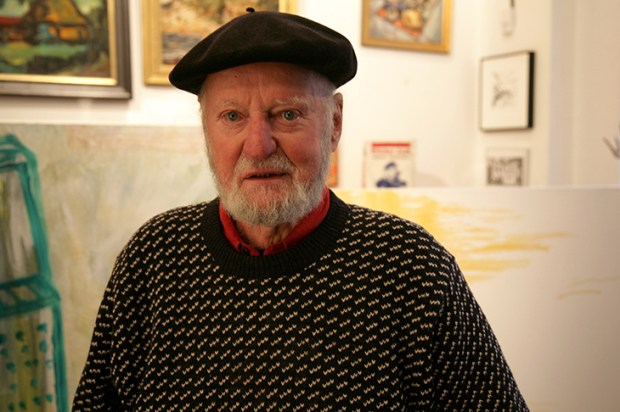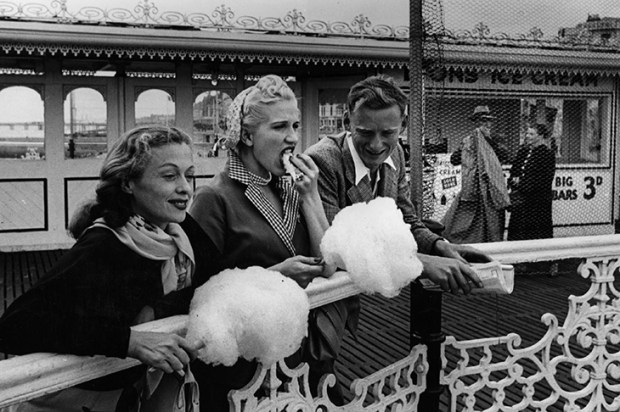Bowlaway, Elizabeth McCracken’s first novel in 18 years, is a great American candy-colour Buddenbrooks, a multi-generational epic spanning almost 100 years and presenting the lives of a whole panoply of people. Swap the family with their grain business in Thomas Mann’s novel for the Truitts and their bowling alley in Salford, north of Boston, and you will have the stuff of McCracken’s rambunctious saga.
This isn’t ten-pin bowling however. It’s candlepin. The ball is smaller, ‘a grapefruit, an operable tumour’, just four and a half inches in diameter. The pins are no bigger than a hand and are, as might be expected, candle-shaped. The redoubtable matriarch of the family, Bertha Truitt, claims somewhat improbably to have invented the sport, but as the narrator generously points out: ‘We have all invented things that others have beat us to: walking upright, a certain sort of sandwich… a minty sweet cocktail, ourselves, romantic love, human life.’ Bertha Truitt is discovered at the start of the novel lying in the Salford cemetery, the bag beside her containing a bowling ball, candlepin and 15 pounds of gold in its false bottom. Within months she has built Truitt’s Alleys, a place where ‘bowling gave you something to think about besides your regrets’.
With its whimsy and wackiness, this is a funhouse of a novel. Even the most incidental of characters are granted glorious vignettes: a man, for instance, discovered handcuffed to a showerhead and wearing a woman’s girdle announces himself to be Professor Hackert, of Calculus. Professor Hackert, we are told, ‘like most people, could not quite sort out humiliation from pride’. Prospective lovers begin their courtship with mutual phrenological examinations; a memorial figure is constructed out of old candlepins. Someone spontaneously combusts; a ghostbuster arrives in town. Look through the glass goggles of the Alley’s sculptoscope and it’s not Niagara Falls or the Taj Mahal but the Bowling Alley itself in miniature, ‘complete with a diminutive sculptoscope with its miniscule stereoptical view of the Bowling Alley’.
It is noted of the ebullient Bertha that in reality her ‘merriment was trained on a trellis of sorrow’. It is true that in Bowlaway there are undeniably dark shadows in the pavilion of fun. A woman loses her baby daughter through scalding. Love is received in ‘homeopathic amounts’ and marriage is a ‘long con’. There is alcoholism, loneliness and a bowling ball as a murder weapon. Death from exposure is preferable to dying ‘via slow evaporation’, but there is also death by a falling block of granite, and oblivion in a sweet and sticky two-and-a-half-million-gallon flood of molasses.
‘Roll the ball and wait and see,’ Roy Truitt says as he coaches Betty Cracker Graham; ‘you think the ball’s gone, but then it hits the wall and comes back and maybe you have a strike. Nothing is for sure.’ And so it is in the unpredictable and startling world of Bowlaway.
Got something to add? Join the discussion and comment below.
Get 10 issues for just $10
Subscribe to The Spectator Australia today for the next 10 magazine issues, plus full online access, for just $10.
You might disagree with half of it, but you’ll enjoy reading all of it. Try your first month for free, then just $2 a week for the remainder of your first year.














Comments
Don't miss out
Join the conversation with other Spectator Australia readers. Subscribe to leave a comment.
SUBSCRIBEAlready a subscriber? Log in